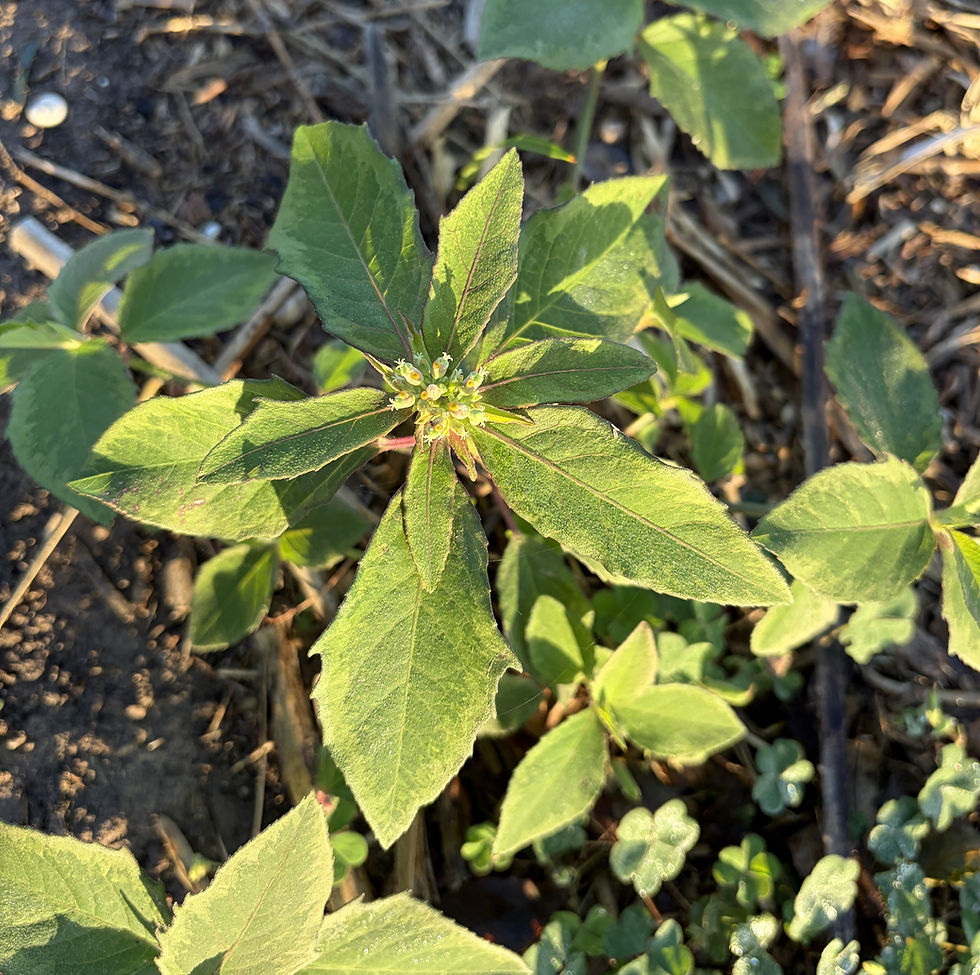Looks like a duck, walks like a duck, is it a duck?
- jjvanm
- Aug 20, 2022
- 3 min read
Published August 20, 2022 in the McAllen Monitor

Story and photos by Anita Westervelt
Duck, the noun for waterfowl, dates to the 10th century. In some cultures, duck can also mean a fellow or chap; the term odd duck describes a chap who is somewhat eccentric.
The Muscovy might be considered an odd duck, but it’s not a duck at all. Certainly, peculiar looking, technically, Muscovy is a South American waterfowl. It is heavy-bodied like a duck, goose-like in flight and behavior, has a breast like a turkey, and roosts high in trees like chickens, away from predators.

There are wild and domesticated Muscovy (Cairina moschata and Cairina moschata var. domestica), respectively.
Wild Muscovy range from south Texas, Mexico and south to Argentina and Uruguay. In Texas, the highest number of the wild species can be found in the Rio Grande Valley along the Rio Grande River in Starr County, between Falcon Dam and Roma.
Twice a year, a single Muscovy visits our San Benito acreage in Cameron County, most likely not the same bird each visit. These lone visitors fly in and fly out within an hour, occasionally staying a day or two. They hang out along the resaca, rarely diving in, but walk about in the grass. I use a telephoto lens to photograph them. The most recent visit was during a heavy downpour last weekend. I captured a photo of the bird hunkered down at the edge of the resaca, rain dripping off its feathers and the tip of its bill. During a break in the storm, it ventured out into the grass before it took flight.

Wild Muscovy are dark-plumaged, overall glossy black with iridescent green and bronze hues and bold white wing patches. The male has a crest at the nape that it can raise at will.
Domestic Muscovy may look similar or be quite variable, mostly dark brown or black mixed with white, particularly on the head or vary from all white to all black with lavender and green colors mixed in.

Wild or domestic, their wingspan is 54 to 60 inches, they have webbed feet with strong sharp claws, helpful in grabbing tree branches and for roosting and a fairly short, flat, wide tail. Wild males are lighter in weight than domestic ones which can weigh up to 18 pounds. Females are about half the size of their male counterpart, wild or otherwise.
Wild Muscovy are strong flyers, domestic varieties heavier and less agile.
A most obvious feature in both wild and domesticated Muscovy is the facial caruncles, the red fleshy protrusions, like on a turkey, that surround the head of adult birds, particularly adult drakes. Wild Muscovy are said to have fewer caruncles than the domesticated variety.

With these decisive descriptions, it should be easy to distinguish a wild from domesticated Muscovy, but it’s not – it’s a real novice’s conundrum. The photos accompanying this article are most likely of domesticated Muscovy, although I was sure the darker birds were the wild variety. In my quest to identify them, I contacted a local birding expert who shared pointers that he has received over the past 15 years from some of the top expert bird identifiers in Texas.
Many articles in my research indicated that wild Muscovy are extremely wary of humans. The experts confirmed that and offered: “If you can get closer than 300 feet to the bird that looks like a Muscovy, it is domestic.”
The expert opinions debunked some of the information I found saying, “The ability to fly is not a deciding factor on wild versus domesticated for Muscovy.” “The number of warts on their faces do not determine if it is wild or domestic.”
The deciding factor that I chose to follow in my identification process was, “If you see a Muscovy east of Salineño (Texas) – no matter what it looks like – it is most likely domesticated.”
As for my contact, when documenting in citizen scientist arenas, Internet bird databases and recording during official bird counts, when he sees a Muscovy, “If it isn’t on the Rio Grande River in Starr County, I count it as domestic.”
Regardless the incongruities or whether wild or domesticated, these unique and eccentric looking waterfowl are fun to watch and photograph to study their details up close.

- 30 -
Websites helpful in writing this article include AllAboutBirds.org, ourfinefeatheredfriends.com, ebird.org, Audubon.org, animaldiversity.org, purelypoultry.com and txtbba.tamu.edu (Texas A&M AgriLife Research, The Texas Breeding Bird Atlas)





